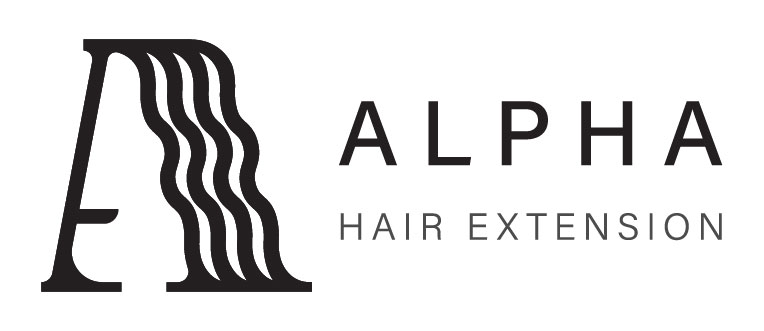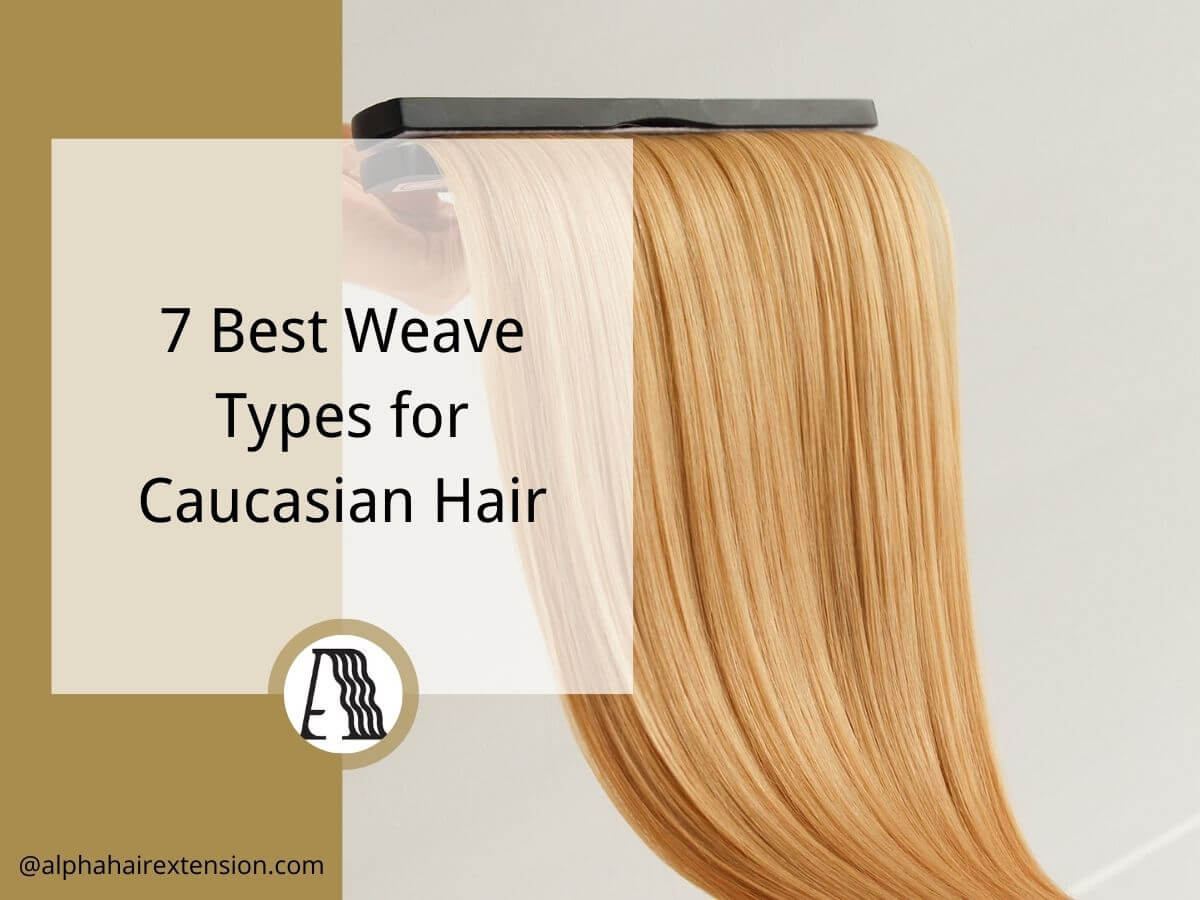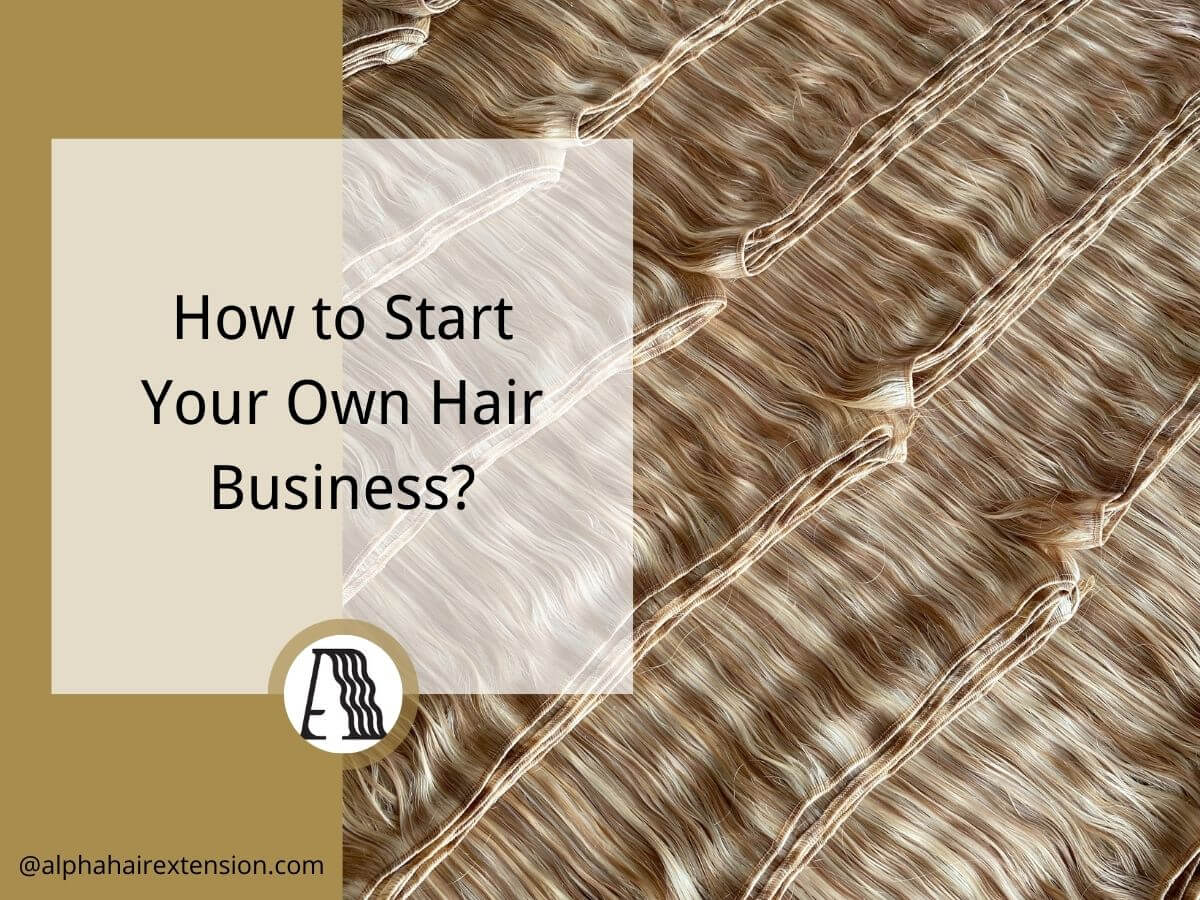When I first started selling hair extensions, I assumed all pre-bonded options were the same. Then a high-end salon client asked for K Tip, but I only had I Tip in stock.
That lost sale taught me a lesson: understanding the details matters.
If you’re a hair supplier or salon owner, you can’t afford to guess. Clients expect expert recommendations tailored to their needs.
Over the years, I’ve worked closely with extension specialists and tested different methods in real salon settings. This guide cuts through confusion with firsthand insights.
Here’s what you’ll find in this article:
- The key differences between K Tip and I Tip extensions
- Which option suits different clients and business models
- Practical tips for choosing the right one for your inventory
Making the wrong choice could cost you sales. Let’s make sure that doesn’t happen.
So, let’s get started.
1. Overview of K Tip Hair Extensions
K-tip hair extensions, also called keratin bond extensions, are a long-lasting method that attaches individual strands to natural hair using a keratin-based adhesive. The keratin tip is melted with heat, forming a secure bond. This method gives a natural feel and is popular for clients who want seamless, long-term extensions.
Key Features
- Application Method: Uses heat to fuse keratin bonds to natural hair.
- Longevity: Lasts 3 to 6 months with proper care.
- Natural Look: Blends well with real hair because the bonds are small and lightweight.
- Low Maintenance: No daily adjustments are needed.
- Removal Process: Requires a professional stylist to break down the keratin bonds.
Installation Process
Installing K-tip extensions requires precision and professional tools. Here’s how it’s done:
- Section the Hair: The stylist parts the hair into small sections, ensuring even distribution. This prevents excessive strain on any one area.
- Prepare the Extension: Each strand of K-tip hair has a solid keratin bond at the top. The stylist selects the right amount of hair for a seamless blend.
- Apply Heat: A special fusion heat tool melts the keratin bond. The stylist carefully controls the temperature to avoid damage to natural hair.
- Bond the Extension: Once the keratin softens, the stylist wraps the extension around a small section of natural hair and presses it firmly to secure the bond.
- Repeat the Process: This is done strand by strand across the head. Depending on the amount of hair needed, the process can take 2 to 4 hours.
- Final Styling: After installation, the stylist blends the extensions by trimming and styling the hair for a natural look.
When I first installed K-tip extensions on a client with fine hair, she was amazed at how lightweight and comfortable they felt. Unlike clip-ins, these didn’t pull or shift, making them perfect for everyday wear.
Drawbacks
K-tip extensions cannot be reused, so they need replacing after each wear. The heat application may not be suitable for very fine or damaged hair. Removal also requires a professional to avoid breakage.
2. Overview of I Tip Hair Extensions
I-tip hair extensions, also called microbead or micro-link extensions, are installed without heat or glue. Instead, small metal or silicone-lined beads secure extensions to natural hair. This method is known for being reusable, lightweight, and safer for clients who want to avoid adhesives or heat-based applications.

Key Features
- Application Method: Uses small beads or micro-links to attach extensions without heat or glue.
- Longevity: Lasts 2 to 4 months, depending on hair growth and maintenance.
- Lightweight Feel: The beads distribute weight evenly, reducing stress on natural hair.
- Reusability: Unlike K-tip extensions, I-tip extensions can be removed and reinstalled.
- Regular Maintenance: Beads may shift over time and require adjustments every 4 to 6 weeks.
Installation Process
Installing I-tip extensions requires precision but does not involve heat or chemicals. Here’s how the process works:
- Section the Hair: The stylist divides the hair into small sections to ensure an even and natural distribution.
- Thread the Bead: A small bead (usually metal or silicone-lined) is threaded onto a section of natural hair using a loop tool.
- Insert the Extension: The I-tip extension strand is inserted into the bead along with natural hair.
- Secure the Bead: The stylist uses a special clamping tool to flatten and secure the bead, holding the extension in place.
- Repeat the Process: This is done throughout the head until the desired volume and length are achieved. The installation usually takes 1.5 to 3 hours.
- Final Styling: After installation, the hair is trimmed and styled for a seamless look.
The first time I applied I-tip extensions for a client, she was surprised by how secure they felt without glue. She loved that they could be adjusted over time without needing a full reinstall.

Drawbacks
I-tip extensions require frequent maintenance since the beads can loosen as hair grows. Clients need salon visits every few weeks for adjustments. Additionally, if the beads are clamped too tightly, they can cause tension in the hair, leading to breakage.
3. Key Differences Between K Tip and I Tip Extensions
Choosing between K-tip and I-tip extensions depends on factors like longevity and application method. While both offer natural-looking results, they suit different client needs. Below is a detailed comparison to help you decide:
| Feature | K Tip Extensions | I Tip Extensions |
| Application Method | Heat fusion using keratin bonds | Beads or micro-links, no heat needed |
| Installation Time | 2 to 4 hours | 1.5 to 3 hours |
| Longevity | 3 to 6 months | 2 to 4 months |
| Maintenance | Low, but requires professional removal | High, needs regular bead adjustments |
| Reusability | No, single-use only | Yes, can be reused |
| Best For | Long-term wear and a seamless look | Clients who want reusable extensions and avoid heat |
| Weight Distribution | Evenly spread with keratin bonds | Beads may create pressure points if not placed correctly |
| Hair Type Suitability | Works well for most hair types, but not recommended for thin or fragile hair | Suitable for various hair types, including finer hair |
| Removal Process | Requires professional removal with a keratin bond remover | Beads are unclamped and can be reused, making removal easier |
Both methods have their strengths. I once had a client who loved the natural feel of K-tip extensions, but she later switched to I-tips for their reusability. It ultimately came down to her lifestyle and how often she wanted to maintain them.
If your clients prefer a long-lasting, low-maintenance option, K-tip extensions may be the best fit. However, if they want flexibility and reusability, I-tip extensions are a great choice. Understanding these differences will help you offer the right solution based on individual needs.
4. 5 Factors to Consider When Choosing Hair Extension
Choosing between K-tip and I-tip hair extensions isn’t just about the method—it’s about what works best for your business and your clients. Factors like maintenance and customer preferences all play a role. Below are key factors to help you make the right decision:
#1 Client Lifestyle
Consider how active your clients are. K-tip extensions are great for those who want long-lasting wear without frequent salon visits. I-tip extensions, on the other hand, need adjustments every few weeks, making them better for clients who don’t mind regular maintenance.
#2 Hair Type Compatibility
Thin or fragile hair may not handle the weight of K-tip extensions well, especially since heat is involved in the bonding process. I-tip extensions work better for fine hair because they don’t require heat or adhesive. However, both options work well for medium to thick hair.
#3 Maintenance Requirements
K-tip extensions require minimal maintenance after installation but cannot be adjusted as the hair grows. I-tip extensions need frequent bead adjustments, making them more time-consuming for clients who want long-term wear. If your salon offers regular maintenance services, I-tip clients may return more often.
#4 Salon Services and Skill Level
K-tip extensions might be a better fit if your salon specializes in fusion bonding. If you prefer a heat-free, reusable method, I-tip extensions could work well. K-tip installations require a fusion heat tool, while I-tip extensions need microbead clamping tools. Offering both can attract a wider range of clients.
#5 Customer Preferences
Some clients prioritize longevity and a seamless look, while others prefer an option they can remove and reinstall. Understanding your clients’ needs will help you decide which method to offer more frequently.
I once worked with a salon that primarily used K-tip extensions, but after introducing I-tips, they attracted a new group of clients who wanted a reusable option. Expanding their services helped them grow their business.
Conclusion
That first lost sale taught me a valuable lesson that knowledge is power in this industry. Now, I never stock up on extensions without understanding their strengths, and neither should you.
We’ve broken down K Tip vs. I Tip extensions so you can confidently choose the right option for your clients.
Whether you prioritize durability or flexibility, the right choice can boost your sales and reputation.
Which one will you stock next?
Let’s talk about it. Contact us today, we’re here to help you make the best decision for your business!







